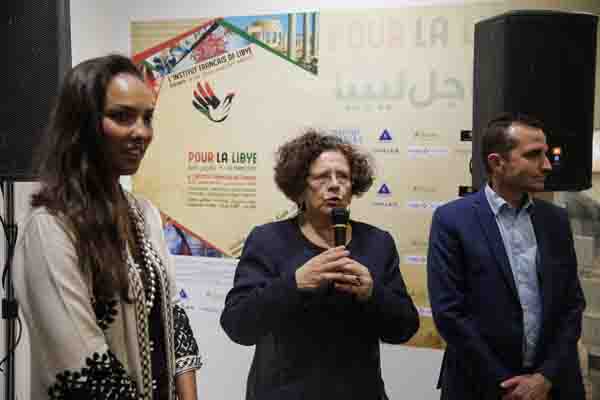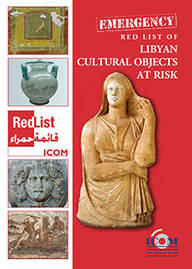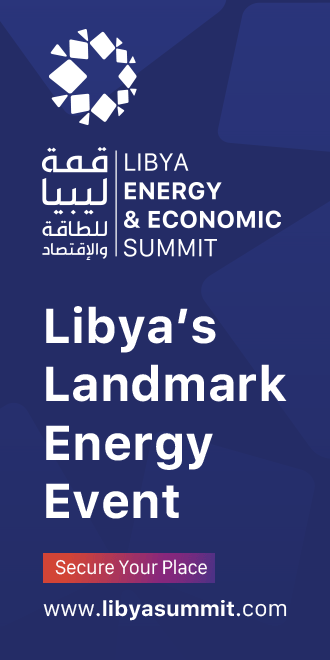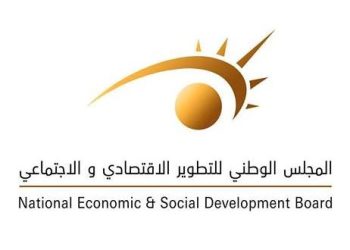By Lorianne Updike Toler
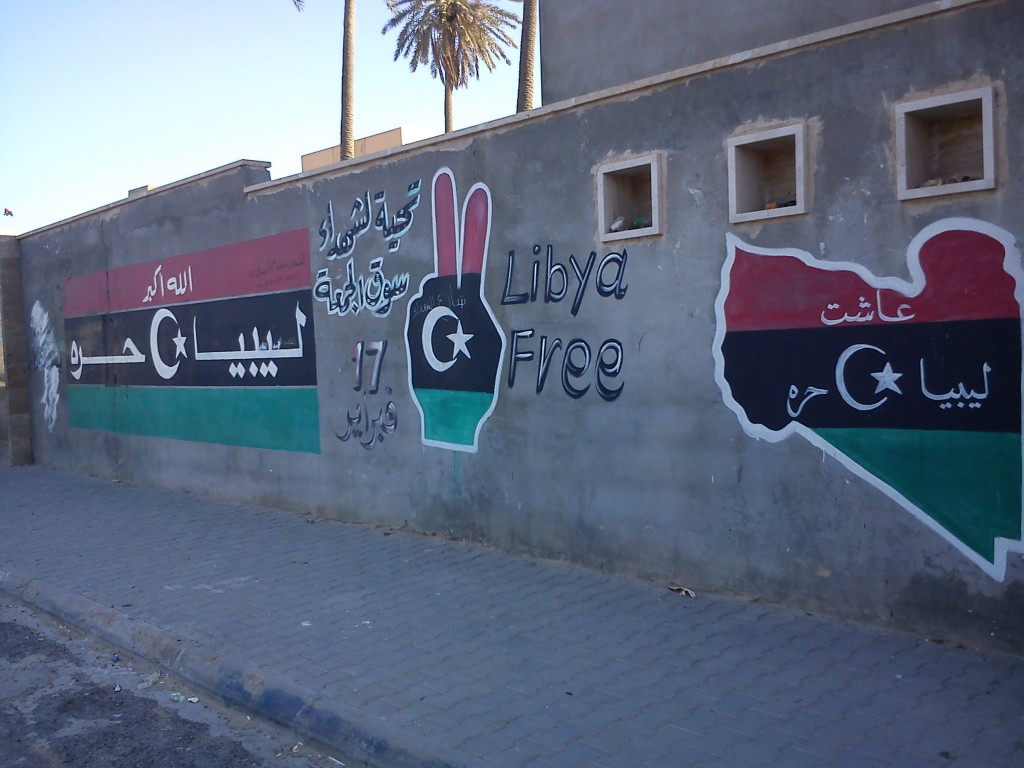
London, 31 March 2013:
Now that the GNC’s squatting problem . . .[restrict]has been resolved, it can refocus energies on defining Libya’s constitutional process. This will include responding to the Supreme Court invalidating Amendment No. 3 of the Constitutional Declaration calling for elections of the Constitutional Committee, a decision made on Tuesday of last week.
The opportunity to respond to the Supreme Court’s ruling generally raises the issue of identifying an overall process for Libya’s constitution, including how to time each part of the process. Previous articles in this mini-series have addressed the importance and difficulty of constructing intelligent—and enforceable—constitutional roadmaps and a recommendation that the General National Congress (GNC) create Libya’s via the constitutional amendment that will now be required in order to elect the Constitutional Committee.
Here, a timeline for Libya’s constitutional roadmap will be recommended.
Constitutional timelines vary widely, with varying degrees of success. The length of time taken to produce and implement a final draft can but does not necessarily predict constitutional success. Kenya (2010) required just over one year (discounting the 15 years from popular agitation for a constitution leading to the failed draft of 2005), South Africa (1997) required five, and the United States, from the Annapolis Convention in 1785 through ratification by the thirteenth state in 1790 (although the Constitution had already come into affect for the 12 states who ratified by 1789), required five.
Yet length does not always spell success. Processes which drag out can lead to missing the constitutional moment altogether (Hungary, 1990) or a failure to come to constitutional resolution (Nepal, ongoing).
Short constitutional timelines may prove successful. In Namibia (1990), the creation of their well-received constitution, from the constituent assembly’s first meeting through adoption, required two months. Shortened timelines, however, often correspond to unhealthy pressures producing less desirable constitutional outcomes. External pressures—from the British in Zimbabwe’s 1979 Constitution (a new constitution is being put to a referendum on 16 March 2013), from the US in Iraq (2005), and from the UN in Timor-Leste (2002)—meant unfinished business and unrest.
From the above comparative examples, it is impossible to identify a one-size-fits-all constitutional timeline. Yet there are a few general considerations that can help determine an appropriate timeframe for Libya.
- • Pressures to rush should be carefully analysed.
As can be seen from Zimbabwe, Iraq, and Timor-Leste’s experience, pressure to rush a constitutional settlement can produce poor results. There, the best interests of the country were not considered in fixing the timelines. Libya is also under pressure to produce a constitution that may not be in her best interests.
“The bottom line is the public wants to know when the GNC will end,” said GNC member Abdurrahman Alshater.
In response, Congressman Alshater said that he, in conjunction with the Build Libya Association and the Committee to Support Women Participation in Decision Making developed a constitutional roadmap in order to dissolve the GNC within 18 months from February 2013.
The shortened timeframe identified by the NTC—one month to appoint a Constitutional Committee, four to draft a constitution, one for a referendum—was likely designed by well-intentioned yet overly-optimistic drafters eager to transition the country to a constitutional democracy. Alshater’s plan addresses some of the limitations of the Constitutional Declaration.
Yet building a constitutional timeframe based on today’s public pressure to disband the GNC may produce poor constitutional results.
Alshater’s roadmap builds upon a solid foundation in advocating sound constitution-making principles found in the “manifesto” signed by 500+ civil society organisations such as public participation, inclusiveness, and transparency. Yet the admirable principles the roadmap espouses—particularly that of public participation—would be unwittingly compromised within the compressed timetable identified in Alshater’s plan.
The plan calls for a national public education campaign of only two months, culminating in a pre-referendum on such complex issues as sources of legislation, rights, the form of government, and the economic system. Education of and consultation with the public is a complicated and time-consuming process that, done right, takes time—certainly more than two months. Preparation of educational materials that suit Libyans’ disparate needs and according to differing literacy levels will also require time—a process allotted only one month within the roadmap.
Too, although the plan indicates that public debate would occur and be considered while the Constitutional Committee is convening, it specifies no post-draft consultation period. Such aims are unenforceable unless more specific and direct. In Afghanistan, similar “requirements” to consult with the public were ignored. Finally, although six months are allowed for elections under a new constitution, both pre and post-referendums are allotted only one month each—an unlikely timeframe considering how long the last election required.
In Timor-Leste, the UN’s rushed timeframe was resisted by the public, who petitioned the UN as follows:
“This Constitution has to be a living document, which reflects how the East Timorese people see themselves, relate to each other, and finally, after many centuries, govern themselves…
“For this to happen, the East Timorese people have to be provided with the information on the choices that have to be made, information on what a Constitution is, and information on the options available to them on fundamental issues. They will need time to consider and debate so that they are able to form opinions, time to hold discussions in order to seek consensus where opinions are divided, and finally time to officially record their views. None of this can happen in three months.”
Likewise in Libya, none of this can happen in two months.
Although the public is eager for the GNC to dissolve as soon as possible, if this came at the cost of a constitution in which they were able to meaningfully and substantively contribute, I am sure Libyans would opt to endure the GNC for yet a while.
- • Timing will depend on the level of consensus and competence.
High degrees of consensus will translate into less required time to write the constitution. In this way, a pre-referendum on key issues would be helpful to speed the actual drafting by the Constitutional Committee. However, much of the same information is already being gathered at a fraction of the cost through a nationwide survey being performed by the Benghazi Research Centre and other research being gathered by H20 and the Forum for a Democratic Libya. Capitalising on this information already in-process would make good use of spent resources and determine appropriate timelines for the drafting stage.
In terms of competency, Libya is well supplied with intelligent legal and other experts. Yet elections are not the best way to gather experts, nor does legal or political science expertise necessarily translate into knowledge of the technical process of writing a constitution. As those Libyans with actual experience in constitution drafting are either too old (one from the original Committee of Sixty is yet living) or discredited (e.g., those who worked with Saif al-Islam Gaddafi on a draft constitution) to contribute their perspective and experience to the drafting process.
Because no Libyan will be elected to the Constitutional Committee who has actual constitutional experience and few if any will have historical or comparative constitutional knowledge, the sixty will either need to be exposed to comparative studies and examples through symposia and trainings, or they will rely on international experts—or both. The less time allowed for drafter capacity building will likely result in a higher reliance on the international community, producing a constitution that is less authentic and homegrown.
- • Timing will depend on the phases incorporated into the process.
Certain aspects of constitutional process, done right, inherently require more time. As Libyans have experienced, this includes any form of elections in a new democracy, including a constituent assembly. Although elections are no longer a certainty after last week’s Supreme Court decision, Congressman Monem Alyaser confirmed that the GNC is still tending in that direction.
The “manifesto” calls for public participation. As discussed above, meaningful civic education and public consultation is another piece of constitutional process that requires sufficient time. In Libya’s case, adequate public consultation would require collecting the feedback being generated by various civil society organisations and processing it into a useable format—a technical, time-consuming process. Reaching nomadic Tuareg populations, for instance, will require creativity, special materials, and time.
Other less obvious aspects of a constitutional process also require more time than is readily apparent, such as appointing and staffing a Secretariat and adopting rules of procedure. The GNC, for instance, have yet to approve a working Secretariat and rules of procedure.
Based on the Constitutional Declaration, the “manifesto,” and practical considerations for administrative tasks, a constitutional process for Libya could resemble the following:
Phase I: Preliminary decision-making through elections. (6-9 months) The most optimistic estimates place elections six months out, yet the added complexity of amending the Constitutional Declaration in addition to drafting an electoral law that somehow divides the country into three will require at least another three months. During this time and before a constitutional amendment is passed, GNC leadership should consult with civil society and international and national experts in identifying an adequate timeline for the entire constitutional process. Elections should include civic education on the special nature of a constitutional assembly. To speed up the process, the GNC could also identify an independent commission to begin collecting and processing public feedback produced by the various civil society organisations and conduct preliminary research to design a dedicated public education and consultation programme.
Phase II: Elections through a First Draft. The timing of this phase should be based on the level of consensus—which will soon be proven by research being conducted by institutions like the Benghazi Research Centre. Administrative practicalities to be considered include establishing rules of procedure and support structures such as a Secretariat to include a communications office to facilitate transparency. Adequate time but no less than one to two months should be allotted for drafter education and capacity building. If Libyans are serious about public participation, full civic education and public consultation campaigns should be run in sequence, each allowed at least two months (which can overlap with drafter education).
The Constitutional Committee will need to develop a working committee structure and provide adequate staffing for those committees. It will need to determine the appropriate role for international experts, if any. Finally, all of the plenary and committee policy decisions will need to be synthesised into a unified document by one or more technical constitutional experts, approved by plenary session, and printed and distributed for public consumption.
Phase III: First through Final Drafts. During this phase, the public should be afforded the opportunity to understand and comment on the draft, construct informed opinions, and provide their feedback. Again, a meaningful process involving both adequate civic education and public consultation would take no less than four months (two months for each sub-part). The Constitutional Committee should then be afforded time to process and incorporate public feedback into a final draft, and then submit that draft for public referendum. No less than two months should be allotted for redrafting and final publication.
Phase IV: Final Draft through Implementation. Once a final draft is produced, it will again need to be published and distributed for public consumption. Based on recent Libyan history, a referendum—an election by a different name—will likely require more than the one month allotted in the Constitutional Declaration. If the constitution is rejected (which is unlikely if the kind of public participation programme outlined above is followed), redrafting and a re-referendum will also take longer than the 30 days allotted by the Constitutional Declaration. Once approved by the public, the GNC will need to approve the document and general elections called and held before the new constitution may come into affect.
In sum, Libyan leaders should consider carefully the needs and practicalities of how to write a legitimate and long-lived constitution that best incorporates good constitutional process principles and is reasonable given the newness of Libya’s democracy. This should be done in consultation with local and international experts and Libyan civil society, enacted as an amendment to the Constitutional Declaration, then communicated to all Libyans. I predict that Libyans will welcome a thoughtful constitutional process design in which their views and opinions are carefully weighed and incorporated into the new constitution.
Danielle Tomson contributed to this report.
This, the last is a mini-series on constitutional process design, is also the sixteenth editorial in a series on constitutionalism authored by constitutional legal historian Lorianne Updike Toler, founding president of The Constitutional Sources Project and Lorianne Updike Toler Consulting.
[/restrict]



